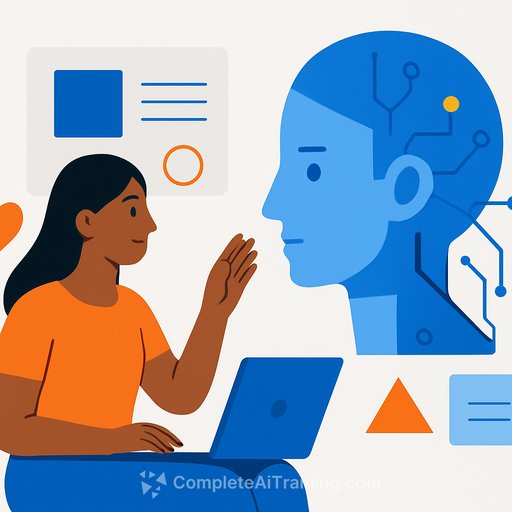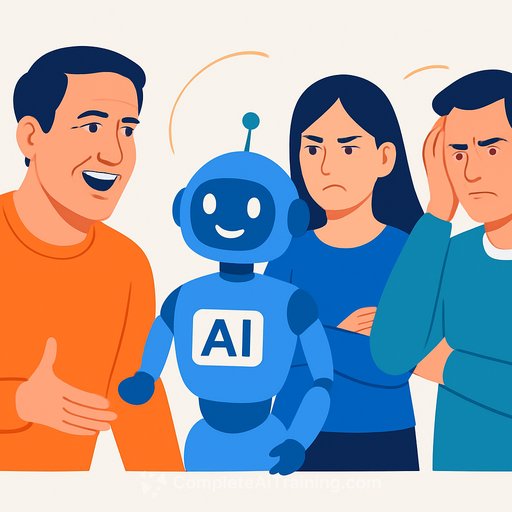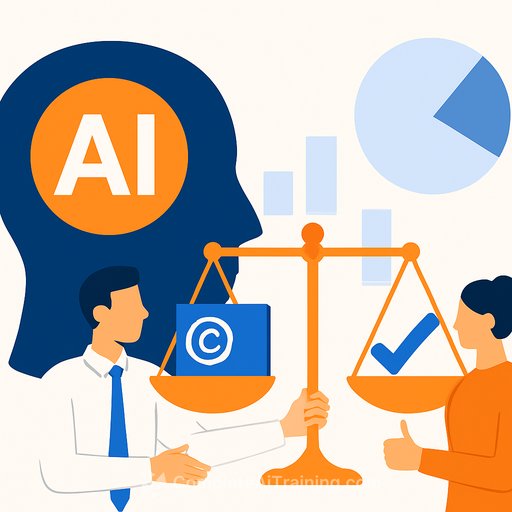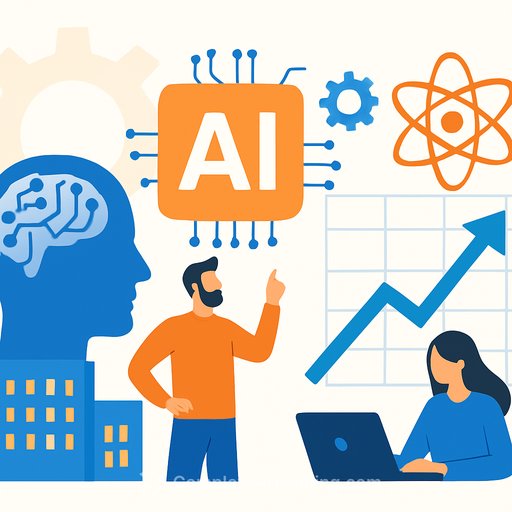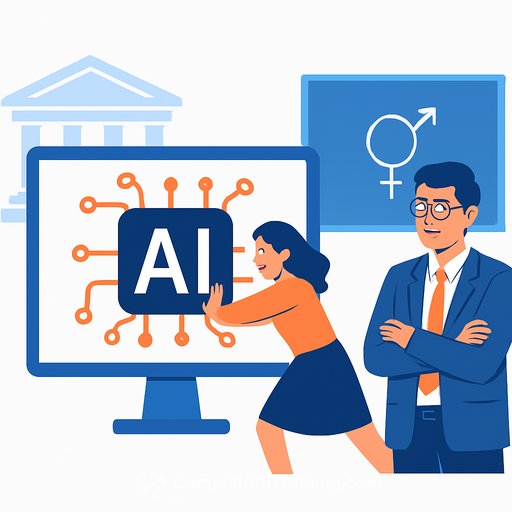The Intersection of Design and AI: How creative education is adapting to a tech-first world
AI has moved from side tool to steady collaborator. In studios and classrooms, it's changing how ideas are formed, tested, and shipped. If we want graduates who thrive, we have to teach them to work across human-centered design and AI-driven systems with ease.
The goal isn't to replace judgment. It's to extend it-so designers think with data, prototype faster, and deliver work that meets real constraints without losing taste.
Redefining design learning with AI
Traditional design education pushed toward a single "best" solution. Reality doesn't work like that. Every project trades off budget vs. quality, speed vs. sustainability, aesthetics vs. usability.
Generative tools flip the script. Students can produce hundreds of variations in minutes, compare options, and pick the version that best fits the brief, constraints, and brand. This mirrors how studios and agencies operate now: adaptable beats perfect.
Efficiency that compounds
3D development and simulation cut waste and shorten cycles across fashion, product, and architecture. Fit a garment digitally before cutting a single panel. Stress-test a chair or façade before you buy material.
These workflows lower cost, reduce sampling, and move teams from guesswork to measurable iteration. Teaching them early means graduates walk into work with methods that transfer on day one.
Personalization at scale
Industrialization favored one-size-fits-all. AI makes custom feasible. A fashion student can grade patterns for varied body types with fewer compromises. A product student can prototype features informed by behavioral data.
For industry, this means sharper differentiation and stronger engagement. For education, it means building the habit of designing for real people, not averages.
New literacies: prompts are the new brief
Results depend on instructions. Vague input yields generic output. Clear, structured prompts map to intent.
Teach students to merge core principles-proportion, color, texture, hierarchy-with technical direction: constraints, formats, datasets, and performance goals. Prompt literacy is quickly becoming a core design language.
- Structure prompts with context, goal, constraints, and output format
- Reference visual principles ("high contrast, asymmetric balance, soft texture")
- Iterate: compare versions, critique, refine prompts like you refine sketches
If you want a deeper start on prompting, see this quick collection of resources at Complete AI Training - Prompt Engineering.
Interdisciplinary fluency is the new baseline
The next wave of creatives will sketch, code a little, read data, and think through ethics. Many leading programs already mix design, computation, and social impact. See how research labs blend these threads at the MIT Media Lab.
You don't need full-stack engineers in every studio. You do need designers who can work with APIs, datasets, and models without freezing up.
Prototype more, risk less
Generative simulations let a furniture student test joinery and loads before cutting wood. Textile simulations help a fashion student explore drape, stretch, or color-shift effects before printing a swatch.
Lower barriers mean more experiments and better ideas. The best part: students learn to prove concepts with evidence, not just vibes.
Human taste plus machine speed
AI brings speed, scale, and analysis. Designers bring taste, empathy, and cultural sense. Put them together and you get work that is faster, smarter, and still deeply human.
That's the real opportunity for creative education: teach people to direct intelligent tools without losing their voice.
What to teach now (curriculum moves you can make this term)
- Design + AI studio: concept-to-prototype using generative tools and simulation
- Prompt systems: structured prompting, critique loops, and version tracking
- Data for designers: fundamentals of data sources, bias, sampling, and simple viz
- Light coding: basics of Python or JavaScript for automation and prototyping
- Ethics in practice: consent, attribution, licensing, and responsible model use
- Portfolio proof: require process docs showing AI steps, decisions, and outcomes
Student playbook (quick wins)
- Set constraints first: audience, size, material, cost, and performance targets
- Generate multiple paths, then critique with rubrics tied to the brief
- Simulate before you fabricate; reserve physical builds for final validation
- Personalize: test variations for edge cases and diverse users
- Document prompts, parameters, and decisions in your portfolio
Where to start
Pick one course and integrate a simple AI loop: prompt, generate, evaluate, refine, simulate, document. Repeat that pattern across briefs so it becomes second nature.
Need structured upskilling? Browse focused options at Complete AI Training - Courses by Skill.
The takeaway for creative educators
Teach students to think like designers and work like systems engineers-curious, iterative, and accountable. Keep human judgment in the lead. Let AI handle volume, speed, and testing.
Do that, and your graduates will be ready for studios, startups, and classrooms that run on ideas backed by evidence-and craft that still feels alive.
Your membership also unlocks:

